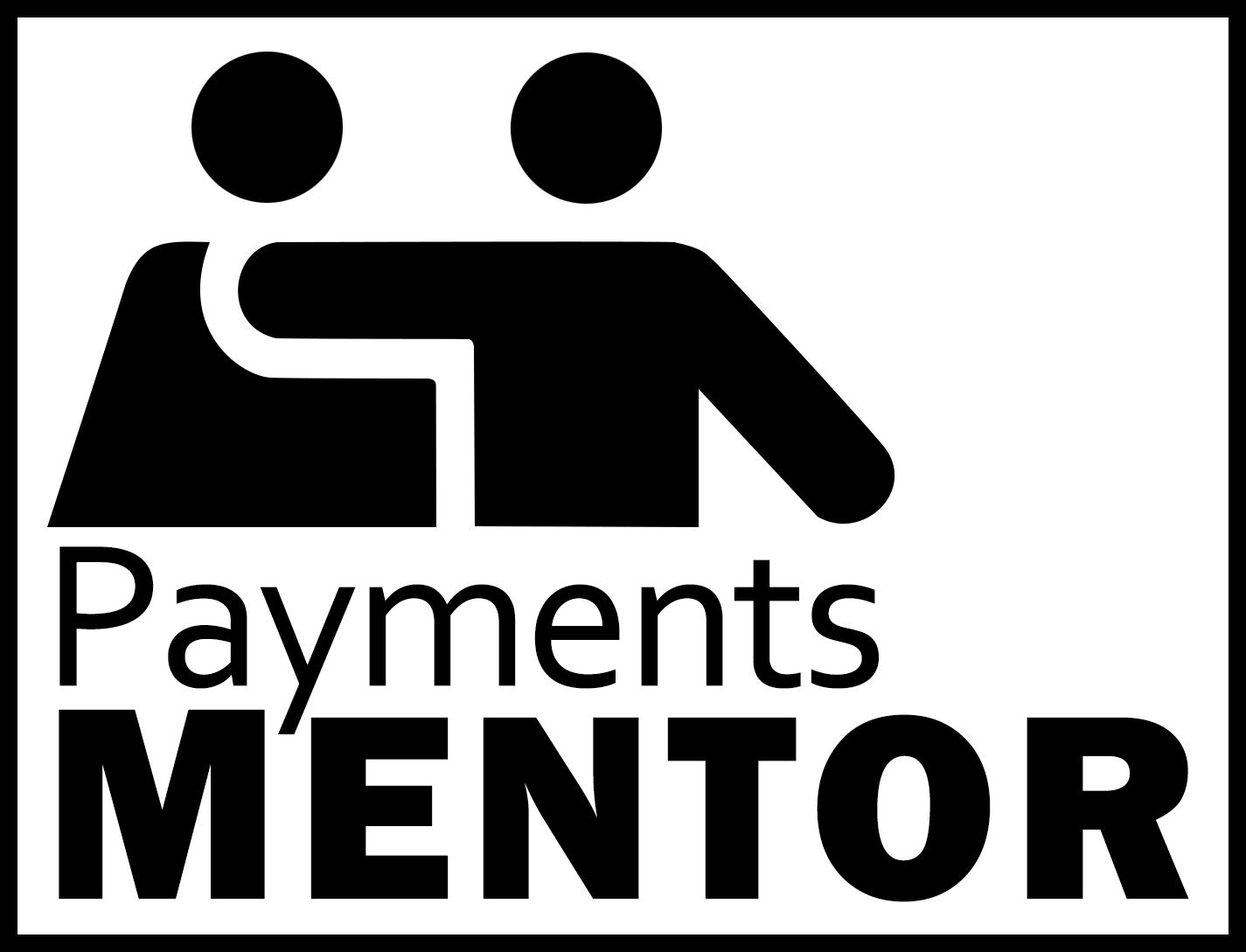Payment processing fees are a complex yet crucial aspect of accepting card payments for businesses of all sizes. Understanding the intricate web of interchange rates, assessment charges, and processor markups is essential for optimizing costs and maintaining profitability.
In today’s digital age, customers increasingly rely on the convenience of credit and debit cards for their purchases. As a result, merchants must navigate the labyrinth of payment processing fees to ensure they’re getting the best possible rates and service.
This article aims to demystify the various components of payment processing costs, helping business owners and financial decision-makers make informed choices. By breaking down interchange fees, assessment charges, and processor markups, we’ll provide actionable insights to help you streamline your payment processing strategy and minimize unnecessary expenses.
The Anatomy of a Payment Processing Fee
Payment processing fees are not a single, straightforward cost; rather, they are a combination of several distinct components. Each element plays a specific role in the payment ecosystem, contributing to the overall expense of accepting card payments. Let’s dive into the three primary categories of payment processing fees: interchange fees, assessment fees, and payment processor markups.
Interchange Fees: The Biggest Piece of the Pie
Interchange fees, set by card networks like Visa and Mastercard, represent the largest portion of payment processing costs. These fees are paid by the merchant’s acquiring bank to the cardholder’s issuing bank to cover the costs and risks associated with processing card transactions.
Several factors influence interchange rates, including:
- Card type: Credit cards, especially rewards and premium cards, typically carry higher interchange fees compared to debit cards.
- Transaction type: Card-present transactions, where the customer physically swipes or inserts their card, generally have lower interchange rates than card-not-present transactions, such as online or over-the-phone payments.
- Business category: The merchant’s industry and business type, identified by their Merchant Category Code (MCC), can impact interchange fees. Higher-risk sectors, like travel or entertainment, often face steeper rates.
Assessment Fees: Paying the Card Networks
Assessment fees, also known as network fees, are charged by card brands like Visa, Mastercard, American Express, and Discover. These fees help cover the costs of maintaining and improving the card networks’ infrastructure, as well as supporting security measures and fraud prevention efforts.
Typical assessment fee ranges for major card networks include:
- Visa: 0.13% – 0.14%
- Mastercard: 0.12% – 0.13%
- American Express: 0.15%
- Discover: 0.13%
While assessment fees are generally lower than interchange fees, they still contribute to the overall cost of processing card payments. Merchants have little control over these fees, as they are non-negotiable and set by the card networks themselves.
Payment Processor Markups: Covering Services and Profit
Payment processors, the companies that facilitate the communication and data transfer between merchants, card networks, and banks, also charge their own fees. These markups cover the costs of the processor’s services, such as transaction routing, customer support, and technology maintenance, as well as their profit margin.
Common types of processor fees include:
- Transaction fees: A percentage of the transaction amount, often combined with a flat fee (e.g., 2.5% + $0.10).
- Monthly fees: A recurring charge for maintaining the merchant’s account and providing customer support.
- Gateway fees: An additional cost for merchants who require a payment gateway to process online transactions.
- Equipment fees: Expenses related to the rental or purchase of card readers, terminals, or point-of-sale systems.
The pricing model a processor uses can significantly impact the markup costs a merchant faces. Some processors bundle all fees into a single, flat-rate charge, while others separate the interchange and assessment fees from their own markup. We’ll explore these pricing models in more detail in the next section.
The Anatomy of a Payment Processing Fee
Exploring the cost structure of payment processing fees unveils a dynamic interplay of various components. Each element plays a unique role in the payment ecosystem, contributing differently to the overall expense of accepting card payments. This nuanced understanding empowers businesses to manage their expenses effectively and make informed choices.
Interchange Fees: The Foundation of Transaction Costs
Interchange fees are a cornerstone, facilitating the transfer between the merchant’s bank and the customer’s bank. These fees are precisely set by card networks, reflecting the risk and cost involved in processing each transaction. Their primary purpose is to balance the issuing bank’s responsibilities, including fraud mitigation and transaction management.
Several critical factors determine interchange rates:
- Card Type: Cards with added benefits, like premium and rewards cards, often incur higher fees compared to basic debit cards.
- Transaction Method: In-person transactions, where the card is physically present, typically incur lower fees than online or phone-based transactions due to heightened security.
- Business Classification: Merchants are organized by industry, with some sectors facing higher fees due to risk assessments. For instance, businesses in travel or entertainment might encounter elevated rates compared to those in retail.
Assessment Fees: Supporting the Card Networks
Assessment fees, though less prominent, are vital to the ecosystem, ensuring the ongoing operation and enhancement of card networks. Card brands levy these charges to fund a wide array of functions, from infrastructure improvements to implementing advanced security measures that safeguard transactions.
The landscape of assessment fees remains relatively stable, with each card network setting its own benchmarks. While uniform across transactions, these fees play a crucial role in maintaining the robustness and security of the payment network. They finance initiatives aimed at reducing fraud and enhancing the cardholder experience, benefiting all stakeholders involved.
Payment Processor Markups: Balancing Service and Profit
Payment processors are essential intermediaries, connecting merchants to card networks and enabling seamless transactions. To sustain their operations and ensure profitability, processors apply a range of charges, collectively known as markups.
Processors utilize different pricing models to calculate these markups, significantly affecting the overall cost to merchants. Among the prevalent models are:
- Interchange-Plus Pricing: This model itemizes fees, separating interchange costs from the processor’s markup, offering transparency and adaptability. Merchants gain insight into each cost component, which can be particularly advantageous for those with high transaction volumes.
- Flat-Rate Pricing: Here, all fees are consolidated into a single rate, providing predictability and ease. While straightforward, this model may not offer the best value for businesses with varied transaction profiles.
- Tiered Pricing: Transactions are grouped into different categories, each with its own rate. This model can be intricate and often lacks transparency, making it challenging for merchants to decipher, potentially leading to higher expenses.
Navigating these fees requires a strategic approach, weighing the need for transparency, cost efficiency, and simplicity. By understanding each component’s purpose and impact, businesses can better manage their payment processing expenditures and focus on delivering customer value.
Pricing Models: How Processors Package Their Fees
Understanding how payment processors structure their fees is key to managing expenses and aligning them with business objectives. Each pricing model offers distinct characteristics that cater to different operational needs, allowing businesses to select the one that best supports their goals.
Interchange-Plus: Transparency and Flexibility
The interchange-plus pricing model is celebrated for its straightforwardness. By itemizing costs, merchants gain insight into the underlying interchange fees and the processor’s additional charges. This level of detail empowers businesses to understand and potentially optimize each element of their payment processing expenses.
- Comprehensive Breakdown: Businesses benefit from a clear itemization of costs, enabling them to pinpoint where expenses originate. For entities handling significant transaction volumes, this model provides precise financial insights.
- Negotiation Opportunities: The distinct separation of fees allows merchants to negotiate the processor’s markup, offering a chance to lower overall expenditures. This adaptability is particularly advantageous for businesses aiming to fine-tune their budget.
- Ideal for Larger Operations: Companies with varied or high-volume transactions often find this model beneficial, as it can lead to savings when transaction volumes are substantial.
Flat-Rate: Simplicity at a Cost
Flat-rate pricing is designed for ease of use, offering a single, consistent rate for all transactions. This model is ideal for businesses that value simplicity and prefer predictable billing over granular cost analysis.
- Predictable Costs: Merchants benefit from a single rate applied across all transactions, making budgeting straightforward. This approach is particularly appealing to small businesses seeking uncomplicated financial planning.
- Convenience Over Savings: While easy to manage, flat-rate pricing may not be the most cost-effective for businesses with fluctuating transaction volumes, as it potentially overlooks savings opportunities found in itemized models.
- Best for Consistent Transactions: This model suits businesses with steady transaction patterns, prioritizing simplicity over potential cost reductions.
Tiered Pricing: A Complex Web of Rates
Tiered pricing organizes transactions into various categories, each with its distinct rate, creating a multi-layered cost structure. While aiming to simplify billing, this model can introduce complexity and unpredictability.
- Categorization Challenges: Transactions are grouped based on factors like card type and transaction method, but the criteria can be opaque. This lack of clarity may complicate efforts to track and manage costs effectively.
- Potential for Hidden Costs: The inherent complexity of tiered pricing can lead to merchants paying more than anticipated, as the lack of transparency makes it difficult to identify cost-saving opportunities.
- Not Ideal for Diverse Transactions: Businesses with diverse transaction profiles might find this model less favorable, as the intricate structure can result in higher costs due to misaligned categories.
Choosing the appropriate pricing model requires a thorough evaluation of transaction patterns, cost management goals, and the desired level of transparency. By understanding the unique attributes of each model, businesses can better navigate the pricing landscape and make informed decisions that align with their financial objectives.
Factors Impacting Your Payment Processing Costs
Grasping the variables that influence payment processing expenses can profoundly affect a company’s financial health. Each factor uniquely contributes to the cost structure, emphasizing the necessity for a customized approach to managing these expenses.
Business Type and Size: Risk and Reward
The nature and scope of a business significantly dictate its payment processing fees. Various industries experience different levels of risk, influencing the rates set by processors. Sectors such as e-commerce, travel, and subscription services are often classified as higher-risk due to their susceptibility to fraud and chargebacks. Meanwhile, small businesses often face higher costs per transaction, as they lack the transaction volume leverage enjoyed by larger corporations.
- Risk Profiles: Industries with increased vulnerability to fraud typically incur higher fees. E-commerce and travel, for instance, face steeper charges due to their inherent risk factors.
- Negotiation Tactics: Demonstrating consistent transaction patterns and a history of low chargeback rates can aid in negotiating more favorable rates with payment processors.
To navigate these challenges, businesses should focus on building a robust transaction history and exploring competitive rates from various processors. Additionally, leveraging technology to reduce fraud incidences can favorably impact negotiations.
Transaction Methods: The Cost of Convenience
The way customers choose to pay can greatly affect processing fees. Transactions conducted in person, where the card is physically present, generally incur lower costs compared to online or keyed-in payments. Digital transactions are seen as higher-risk due to increased fraud potential, prompting higher charges from processors.
- Physical vs. Digital Transactions: In-person payments offer more security, resulting in lower fees, whereas digital transactions require additional fraud prevention measures, leading to higher costs.
- Promoting Cost-Effective Methods: Encouraging the use of debit cards or in-person payments can help reduce overall processing expenses.
By promoting and facilitating lower-cost payment methods, businesses can minimize transaction fees. Offering incentives for customers to utilize preferred payment options not only reduces costs but also enhances the customer experience.
Chargeback Fees: The Price of Disputes
Chargebacks represent a significant financial burden for businesses, occurring when customers dispute charges through their card issuer. These disputes involve fees that can quickly accumulate, affecting the company’s financial standing.
- Understanding Chargebacks: Disputes often arise from misunderstandings, fraud, or dissatisfaction, with fees ranging from $20 to $100 per incident.
- Prevention Strategies: Employing comprehensive fraud detection tools, clear customer communication, and meticulous record-keeping can help reduce chargeback occurrences.
To effectively manage chargeback-related expenses, businesses should invest in sophisticated fraud detection systems and maintain open communication channels with customers. These proactive strategies not only mitigate financial impacts but also foster customer trust and satisfaction.
Optimizing Your Payment Processing Setup
Crafting an optimized payment processing setup involves more than just understanding fees. It requires strategic decisions, informed by business needs and market conditions, to ensure cost-effectiveness and operational efficiency.
Choosing the Right Pricing Model for Your Business
Selecting an appropriate pricing model is pivotal. Businesses need to evaluate their transaction volume, typical transaction size, and the nature of their sales. For example, a business handling numerous small transactions might find a flat-rate model advantageous, while a company with diverse transaction types could benefit more from interchange-plus pricing.
- Volume and Transaction Type: Merchants processing a high number of transactions can leverage interchange-plus for detailed cost insights. In contrast, flat-rate models might suit businesses seeking straightforward billing with minimal fluctuations.
- Effective Rate Calculation: It’s crucial to assess the total cost of fees relative to transaction volume, offering a clear picture of which model provides optimal value.
- Routine Evaluation: Consistently reviewing processing statements and associated fees helps ensure alignment with business objectives and market changes.
Implementing Tools to Reduce Costs and Boost Efficiency
Advanced technologies and payment solutions can play a significant role in minimizing costs and enhancing operational efficiency. Payment processors offer a variety of tools designed to streamline processes and optimize expenses.
- Innovative Pricing Structures: Utilizing models that capitalize on lower interchange rates for detailed transactions can reduce costs in B2B environments. These models require additional transaction data but offer significant savings.
- Automated Reconciliation and Reporting: Implementing systems that automate these processes can minimize errors and free up resources, allowing businesses to focus on strategic growth initiatives.
Navigating Surcharging Limits and Regulations
Understanding and managing surcharging effectively can further enhance a business’s payment processing setup. Surcharging allows businesses to pass on some processing costs to customers, but must be handled carefully within regulatory parameters.
- Surcharging Benefits: While surcharging can help offset processing fees, it is vital to consider customer acceptance and communicate clearly any additional costs involved.
- Regulatory Considerations: Compliance with state and card network regulations is necessary to implement surcharging legally. Each jurisdiction may have distinct rules that affect how surcharging can be applied.
- Implementation Best Practices: Ensuring transparency in communications about surcharges is crucial. This not only ensures compliance but also helps maintain customer trust and satisfaction.
By carefully selecting pricing models, adopting advanced technological solutions, and understanding surcharging regulations, businesses can create a robust payment processing setup that aligns with their financial goals and operational needs.
Conclusion: Taking Control of Your Payment Processing Costs
Navigating payment processing fees demands a focused approach, where businesses align their strategies with the evolving payment landscape. This involves not only understanding fee structures but also anticipating shifts in industry standards and regulations. By adopting a forward-thinking perspective, companies can adeptly manage their financial obligations and enhance their bottom line.
A cornerstone of this approach is the diligent monitoring of expenses. Businesses should regularly assess their processing metrics to uncover trends, inconsistencies, or potential savings. This proactive management ensures financial oversight and positions businesses to secure favorable terms with their providers. Staying abreast of the latest developments in payment technology and compliance is crucial for informed decision-making.
Collaboration with insightful providers is equally important in optimizing costs. Businesses should seek partners who offer clarity in their service offerings and are open to customizing solutions that cater to specific operational needs. This level of engagement builds trust and empowers businesses to make informed decisions that drive efficiency. Working with providers who emphasize adaptability and innovation can lead to dynamic relationships that enhance value.
Taking informed steps involves embracing change and innovation. Businesses should integrate cutting-edge solutions and automated systems that refine processes and minimize inefficiencies. By harnessing modern technologies, companies can optimize their payment systems, reduce manual interventions, and gain greater command over their processing costs.
Related Frequently Asked Questions
What are the main types of payment processing fees?
Main fee types include interchange, assessment fees, gateway fees, processor markups, chargeback fees, and monthly account or statement fees.
How are interchange rates determined?
Interchange rates are set by card networks and vary based on card type, merchant category code, transaction size, and risk level. Rates can differ for cards like rewards, corporate, or international cards.
Can transparency in billing help reduce overall fees?
Yes. Understanding your billing statements, audit trails, and detailed fee breakdowns enables smarter pricing negotiations and cost-saving strategies.
David McCallister is a seasoned financial strategist with over three decades of experience in corporate finance, treasury operations, and M&A. As CFO of a global fintech infrastructure provider, David guides strategic financial planning and has helped lead companies through IPOs and PE-backed growth. Known for aligning capital with vision, he serves on several boards focused on fintech innovation and financial inclusion.











